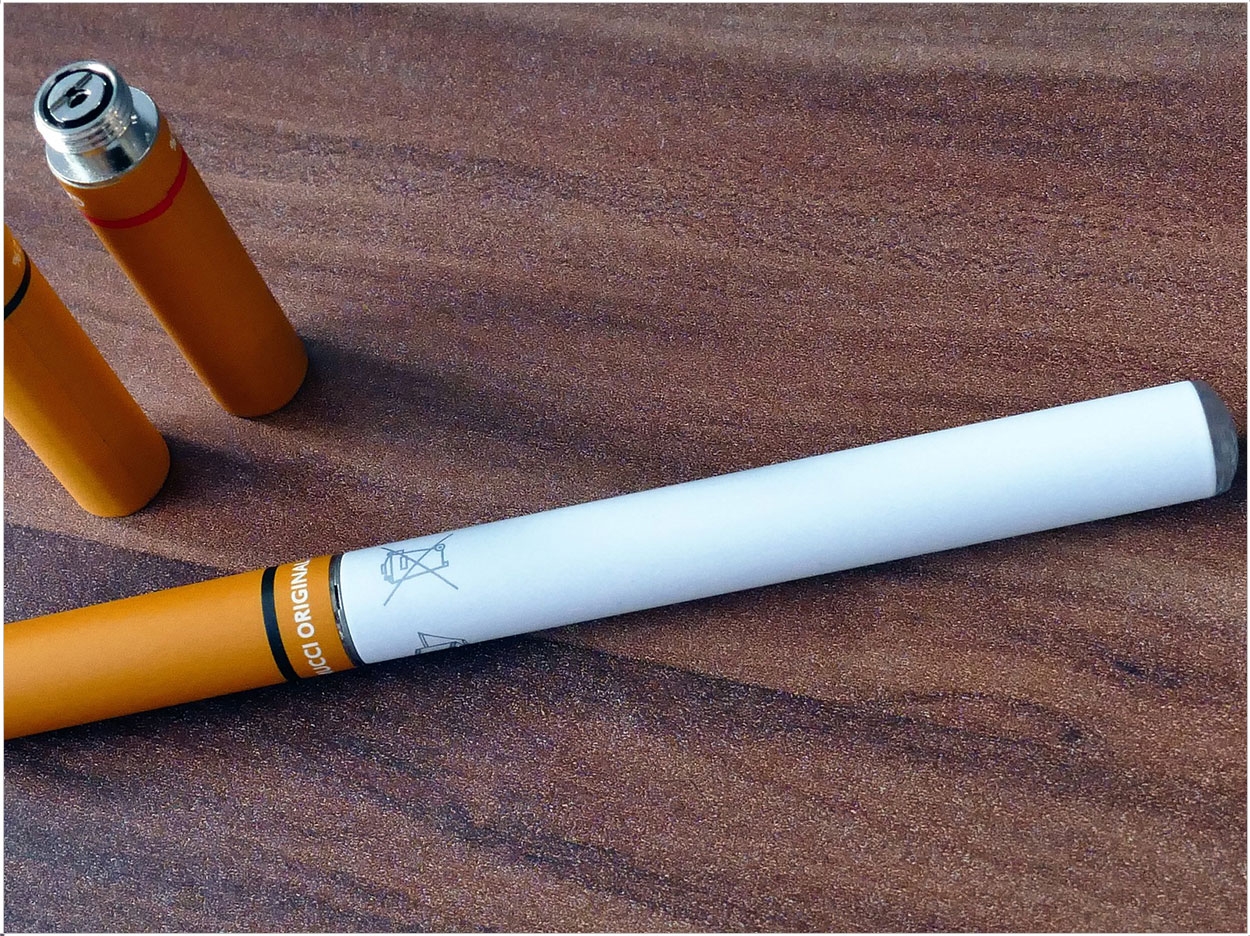
As e-cigarettes grow in popularity, their long-term effects remain unknown, even though the water vapor they emit also includes formaldehyde, lead, nitrosamines, and propylene glycol. The National Institute of Dental and Craniofacial Research (NIDCR) recently awarded 7 research grants totaling more than $2 million to investigate the effects of their aerosol mixtures on the oral cavity.
“When a liquid nicotine solution is vaporized by an e-cigarette, multiple constituents may be found in the aerosols, but we don’t know yet the biological and physiological impact of these aerosols on oral tissue or its microbiome,” said Sundar Venkatachalam, PhD, program official for e-cigarette research and director of the NIDCR’s Oral and Salivary Cancer Biology Program. “The projects being funded will provide much needed information on the effects of e-cigarette chemicals on oral health.”
Four projects will be funded for up to 4 years, pending progress and available funds:
- Deposition profile and toxicology of e-cigarettes in the oral epithelium: principal investigator Steven Belinsky, Lovelace Biomedical and Environmental Research;
- E-cigarette use as a modifier of oral host defense and microbiome in young adults: principal investigators Shyam Biswal, Claire Fraser, Mary Ann Ye Jabra-Rizk, Johns Hopkins University;
- Genetic, epigenetic, and transcriptomic effects of e-cigarette aerosol on oral epithelium: principal investigator Ahmad Besaratinia, University of Southern California;
- Modulation of oral microenvironment by e-cigarette aerosol mixtures: principal investigators Deepak Saxena and Xin Li, New York University.
Three projects will be funded for up to 2 years, pending progress and available funds:
- Biology of the oral epithelium of e-cigarette smokers: principal investigators Ronald Crystal and Jason Mezy, Weill Medical College of Cornell University;
- Effect of e-cigarettes on oral tissues in health and disease: principal investigators Tara Aghaloo and Sotirios Tetradis, University of California, Los Angeles;
- Perturbation of craniofacial morphogenesis, healing, and regeneration by e-cigarette aerosol mixtures: principal investigators Rene Olivares-Navarrete and Amanda Dickinson, Virginia Commonwealth University.
“After decades of government anti-smoking campaigns, the percentage of cigarette smokers among U.S. high school students is finally in single digits, yet findings from the National Youth Tobacco Survey show 13.4% of high school students are now using e-cigarettes, and that number is rapidly rising,” said Dr. Jeffrey Kim, a dental researcher with the National Institute of Standards and Technology and the ADA Foundation Dr. Anthony Volpe Research Center.
“Moreover, inconsistent and contradicting e-cigarette research results have polarized researchers, policymakers, and the general public, leaving them with little scientific fact to evaluate the potential risks of e-cigarettes,” Kim said. “Unbiased and robust research will bring clarity to the situation and lead to better informing the public of potential health risks.”
Related Articles
E-Cigarettes Can Speed Up Atherosclerosis
Teens Who “Vape” More Likely to Try Tobacco












